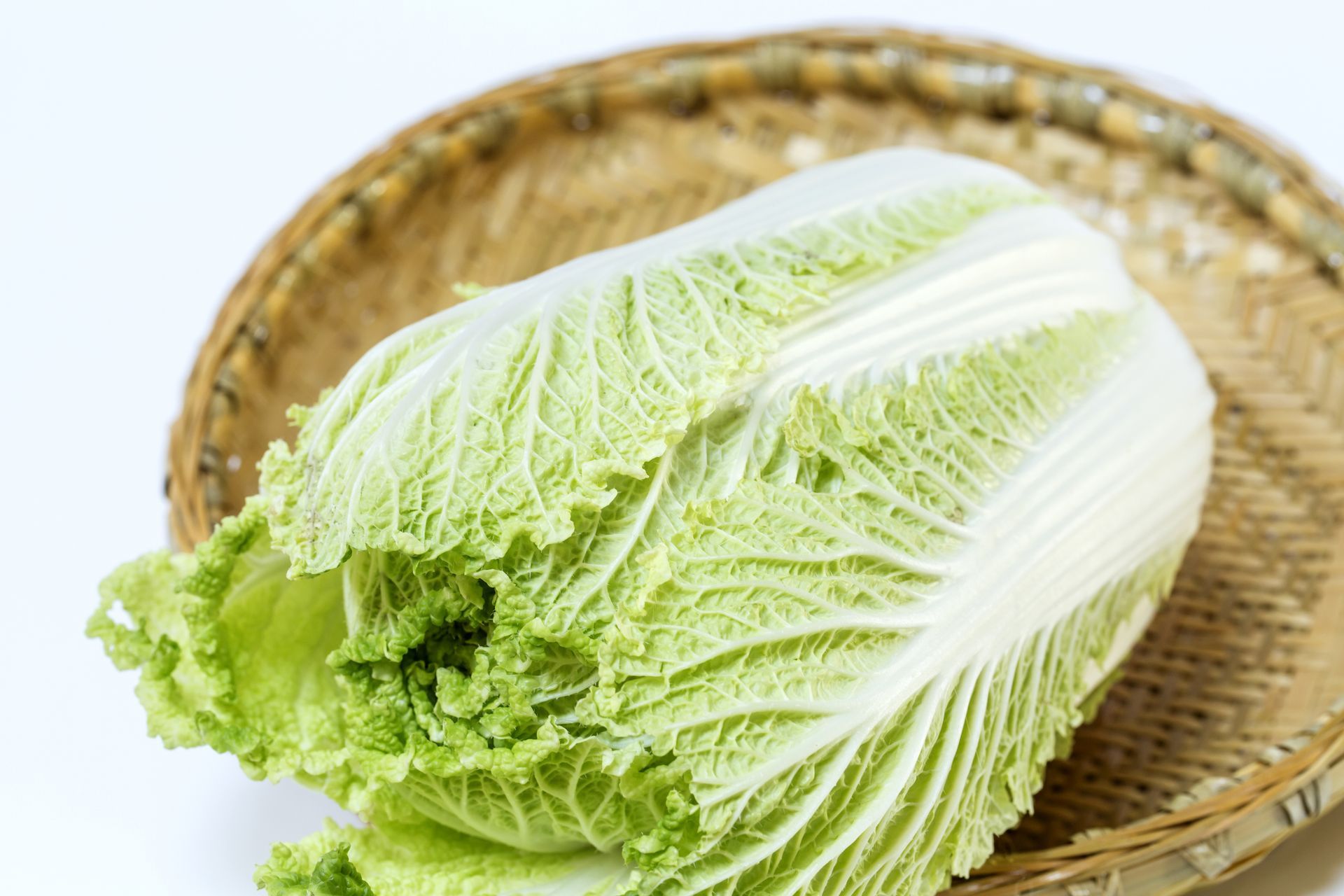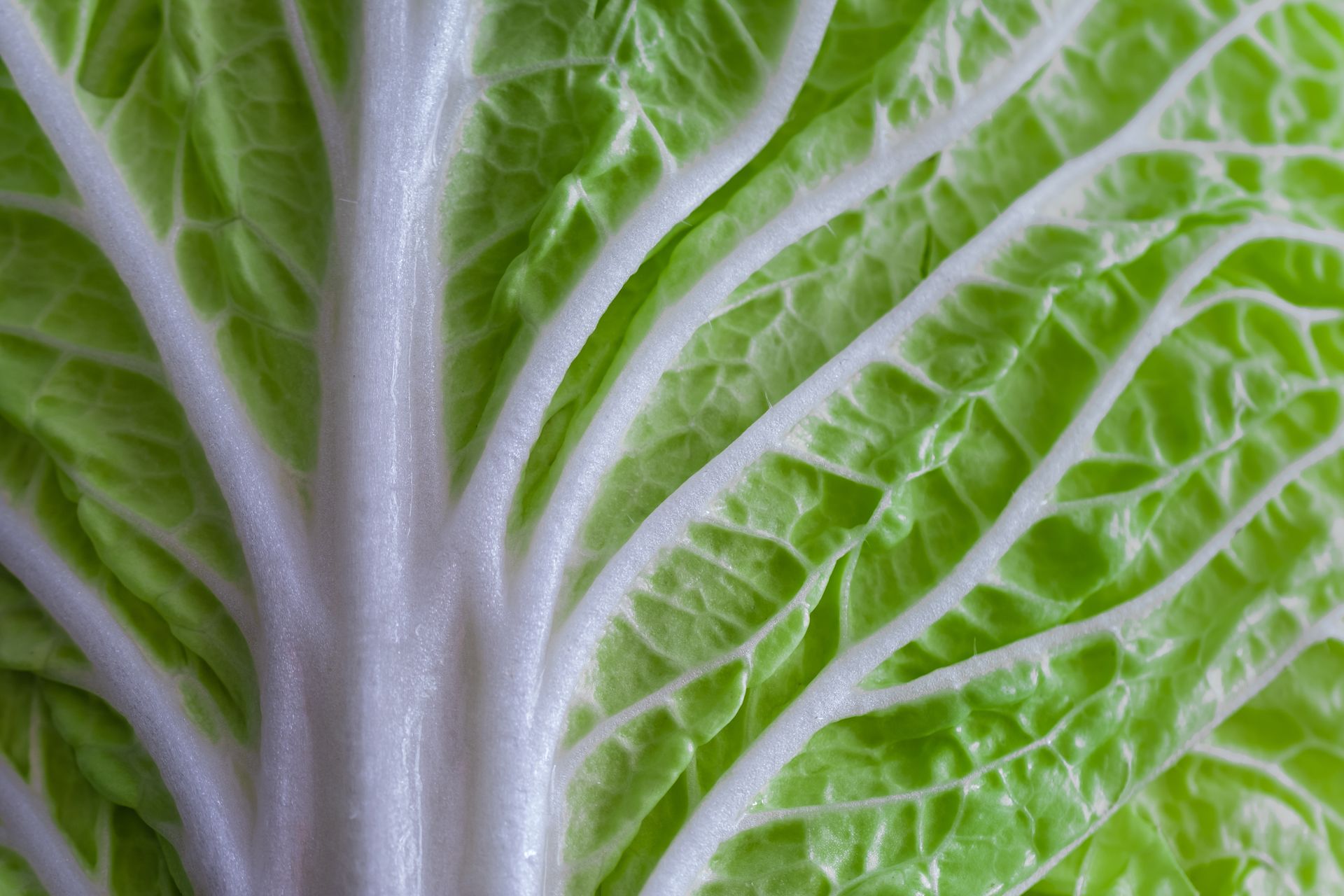napa cabbage
Napa cabbage, also known as Chinese cabbage, is a leafy vegetable belonging to the Brassicaceae family. Native to East Asia, it has been cultivated for centuries and is widely used in Chinese, Korean, and Japanese cuisines. It is recognizable by its elongated, compact shape, with broad, tender leaves that range from pale green to yellow, veined with white. Its texture is crisp and juicy, while its mild, slightly sweet flavor resembles a blend of lettuce and regular cabbage. Whether eaten raw in salads, stir-fried, braised, or fermented into kimchi, napa cabbage is a versatile and popular ingredient.
purchase GUIDE
Look for firm, heavy heads for their size, with crisp, bright green leaves. Avoid cabbages with wilted or discolored leaves.
OPTIMAL TEMPERATURE FOR CONSERVATION
0°C- 2°C de 1 to 2 weeks
Wrap in a plastic bag or cover with a damp paper towel, then place in the refrigerator crisper drawer.
nutritional value
Napa cabbage is low in calories and high in water, making it a light and hydrating vegetable. It contains fiber, as well as vitamins C, K, B6, and B9. It also provides calcium, potassium, and a small amount of iron. Thanks to its content of antioxidants and phytonutrients, it supports the immune system and helps protect cells against oxidative stress.
how to eat it
Napa cabbage is commonly used in stir-fries, soups and salads, or even fermented to make kimchi, a traditional Korean side dish. Its crunchy texture and mild flavor make it a versatile ingredient in many Asian-inspired dishes.






